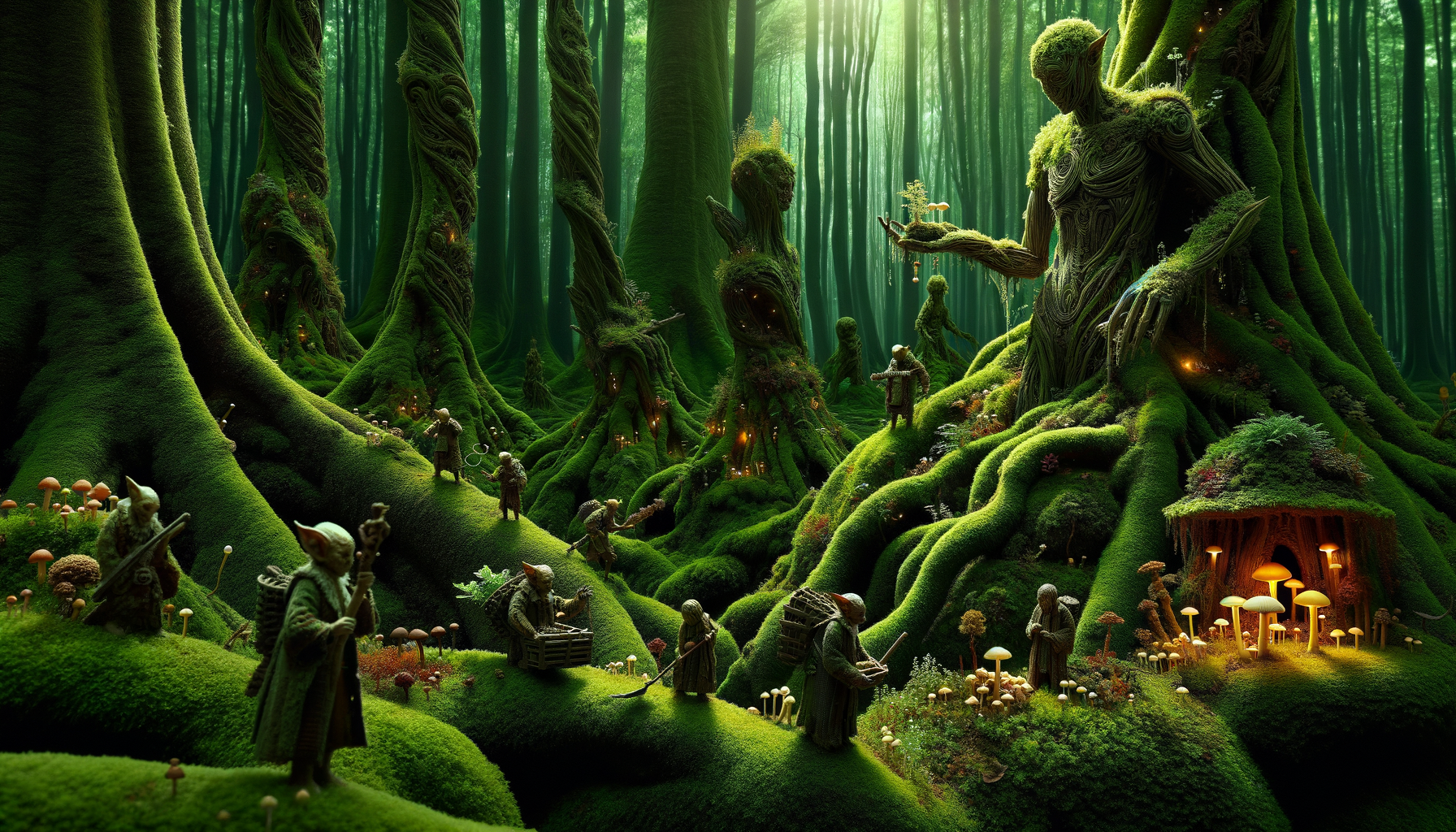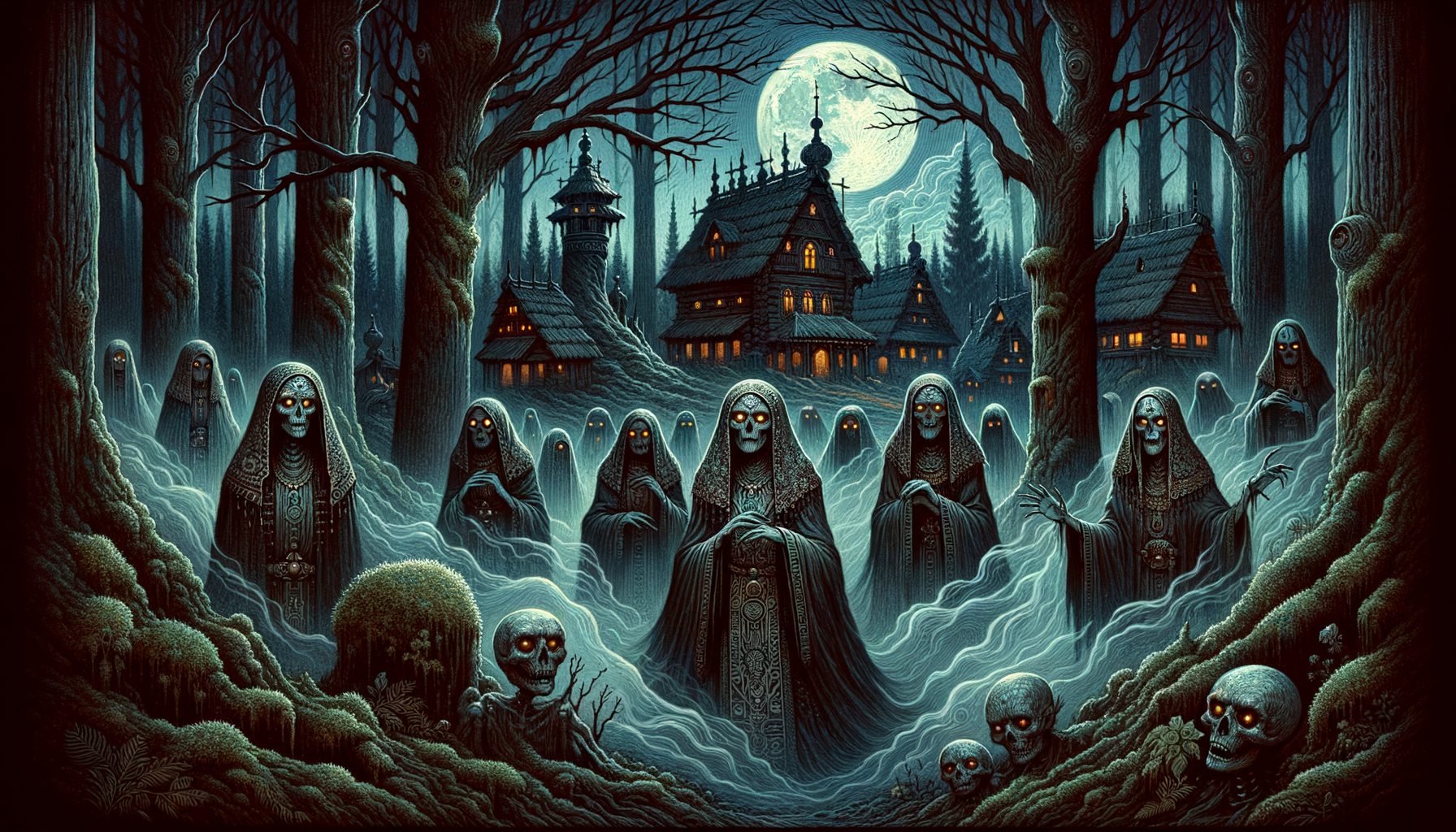Have you ever wondered about the hidden forces said to dwell beneath the earth? Paracelsian gnomes, described by the Swiss alchemist Paracelsus, are one of the most intriguing elemental beings in Western esoteric traditions. Welcome to a fascinating journey where we’ll dive deep into the mystical world of these tiny earth spirits. Paracelsus believed that gnomes had profound roles in alchemy and the natural world, making them more than just a myth. Did you know that gnomes are considered guardians of the earth’s treasures? Let’s uncover these secrets and understand their historical and mystical significance!
The Origins of Paracelsian Gnomes
Paracelsus and His Elementals
Let’s dive into the fascinating world of Paracelsus, a Swiss physician and alchemist from the 16th century. Paracelsus is renowned for his groundbreaking work in medicine and his unique classification of nature spirits, which he referred to as elementals. Among these elementals, he identified gnomes as the spirits of the earth. Paracelsus believed that these beings played a crucial role in the natural world, particularly in relation to the earth’s treasures and its ecological balance.
Early Depictions and Beliefs
In Paracelsian texts, gnomes are depicted in a variety of intriguing ways. They are often described as small, humanoid creatures, deeply connected to the earth and its minerals. These early descriptions paint gnomes as diligent guardians of the subterranean world, possessing knowledge and skills that were indispensable to the health of the natural environment. The beliefs surrounding gnomes were deeply rooted in the historical and cultural contexts of the time, blending folklore with emerging scientific ideas.
Cultural Influences
The concept of gnomes didn’t remain confined to Paracelsus’ writings; it spread across various cultures, each adding its own flavor to the myth. In European folklore, gnomes became synonymous with hidden treasures and secret knowledge. They were often depicted as reclusive but wise beings, influencing everything from local legends to broader cultural narratives. This cultural diffusion ensured that gnomes remained a significant part of the mythological landscape for centuries.
Roles and Characteristics of Gnomes
Guardians of the Earth
One of the most enduring roles attributed to gnomes is that of guardians of the earth. According to Paracelsian thought, gnomes were responsible for protecting natural treasures like precious metals and gems. They were seen as the custodians of the underground world, ensuring that the ecological balance was maintained. This role highlights the gnomes’ deep connection to the earth and their importance in the natural order.
Physical Descriptions
When it comes to their physical appearance, gnomes are commonly described as small, sturdy, and humanoid. They are often depicted with features that reflect their earthy nature, such as rugged skin and a somewhat stocky build. These descriptions have varied over time and across cultures, but the core characteristics have remained remarkably consistent, emphasizing their role as beings of the earth.
Spiritual Significance
Beyond their physical and ecological roles, gnomes hold a significant place in the spiritual and mystical traditions. They are often seen as symbols of hidden wisdom and secret knowledge, representing the mysteries that lie beneath the surface of the earth. In many esoteric traditions, gnomes are invoked for their protective qualities and their ability to reveal hidden truths, making them important figures in various spiritual practices.
Gnomes in Alchemical Traditions
Gnomes and Alchemy
Paracelsus’ work in alchemy is closely linked to his ideas about gnomes. He believed that these earth spirits played a crucial role in the alchemical process, particularly in the transformation of base metals into gold. Gnomes were thought to possess the secret knowledge needed for such transformations, bridging the gap between the material and the spiritual worlds.
Symbols and Texts
In alchemical literature, gnomes are often represented through various symbols and metaphors. Texts from the alchemical tradition frequently discuss gnomes in the context of their role in the earth’s processes and their connection to the hidden aspects of nature. These writings provide a rich tapestry of symbols that highlight the gnomes’ importance in the alchemical worldview.
Practical Applications
Historically, some alchemists claimed to have used gnomes in their experiments, believing that these beings could assist in the manipulation of natural elements. While such claims are shrouded in mystery and often regarded with skepticism, they illustrate the deep connection between gnomes and the practical aspects of alchemical practice. These alleged applications underscore the belief in gnomes as active participants in the quest for transformation and enlightenment.
Modern Interpretations and Influence
Popular Culture
In modern times, the influence of Paracelsian gnomes has extended into popular culture, particularly in fantasy literature and media. Gnomes have become staple characters in stories, games, and films, often depicted as quirky, wise, and industrious beings. Their portrayal in popular culture continues to draw on the rich traditions established by Paracelsus, blending ancient beliefs with contemporary storytelling.
Contemporary Esotericism
Modern esoteric traditions have also embraced the concept of gnomes, integrating them into various spiritual practices. Today, gnomes are often seen as symbols of earth energy and are invoked in rituals aimed at connecting with the natural world. This contemporary esoteric view maintains the gnomes’ association with hidden knowledge and ecological guardianship, reflecting their enduring spiritual significance.
Scientific Parallels
Interestingly, some modern interpretations draw speculative parallels between gnomes and scientific understandings of underground ecosystems. While gnomes themselves remain mythical, the idea of small, unseen beings playing a crucial role in the earth’s processes mirrors the real-life roles of microorganisms and other subterranean life forms. These parallels offer a fascinating intersection between myth and science, highlighting the timeless human fascination with the mysteries of the underground world.
Conclusion
Paracelsian gnomes might be small in stature, but their impact on both mystical traditions and cultural folklore is enormous. From their origins in Paracelsus’s alchemical writings to modern interpretations, these earth spirits continue to capture our imaginations. Whether you’re a seasoned occult scholar or just curious about these enigmatic beings, exploring the world of Paracelsian gnomes offers a rich tapestry of knowledge and wonder. Fascinated by the hidden forces of nature? Dive deeper into esoteric traditions and uncover the secrets of the earth—and maybe spot a gnome or two along the way!




